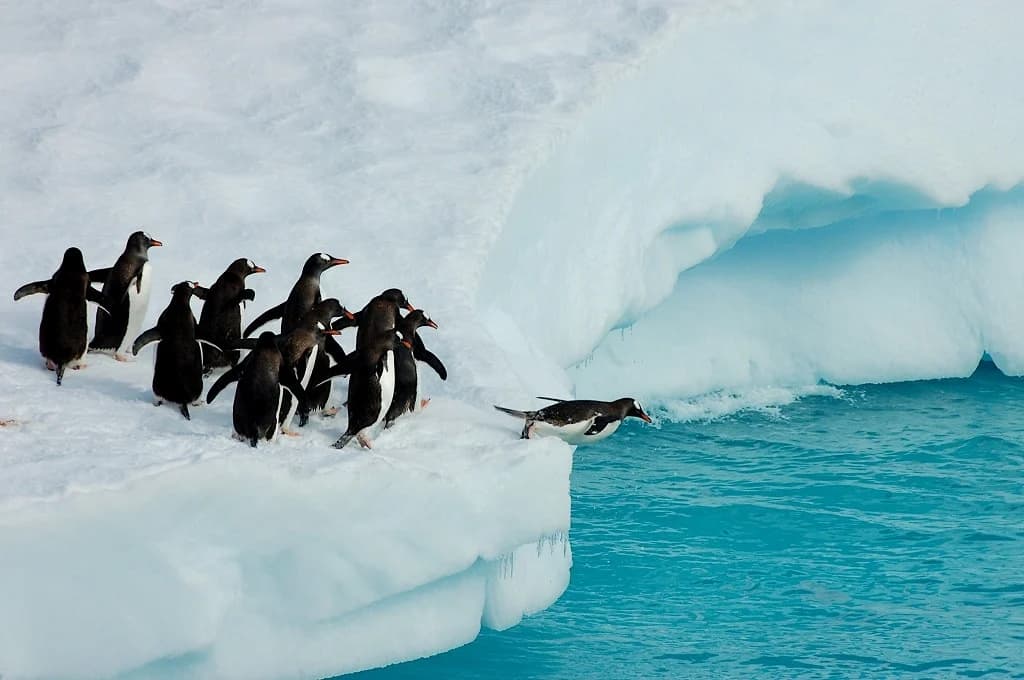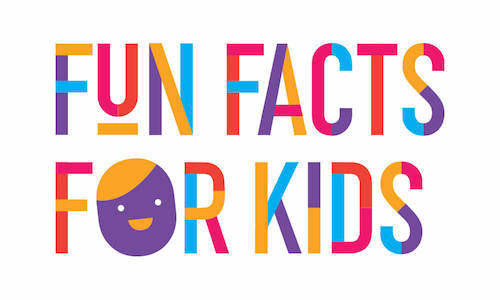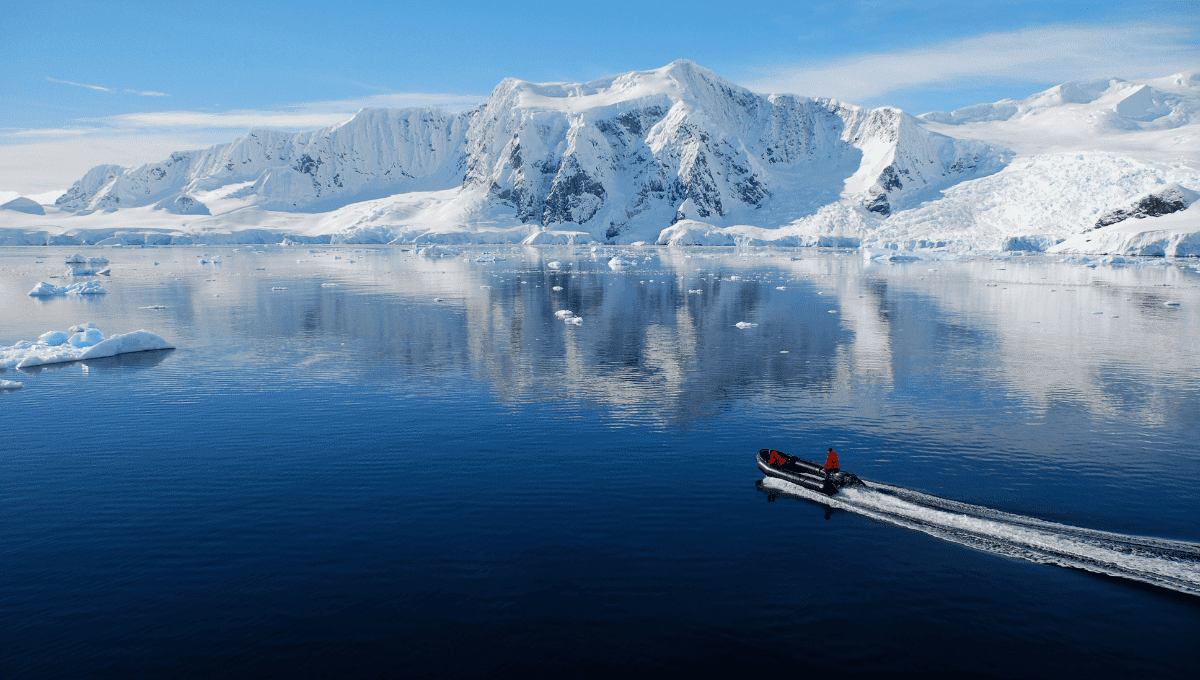Looking for Antarctica facts for kids? This desolate place intrigues many, renowned for its icy climate and white wilderness. Of late, a place of interest due to climate change and melting ice. The region plays host to many explorers.
We have put together some interesting facts about Antarctica and why it is so important. So, if you are talking about Antarctica in school, or trying to find facts about the place for a fun project, this article will give you the Antarctica information you need.
ANTARCTICA FACTS FOR KIDS
Some basic information about Antarctica for kids:
- What is Antarctica?
It is the fifth largest continent in the world and located in the southern hemisphere (bottom of a globe). The South Pole forms part of the region. It is approximately between 7-8,000 kilometres from Australia (dependent on where you travel from and to).
Ice is the mainstay of the Antarctic region. There are no countries within the continent, however many countries lay claim to areas within the Antarctic region including Australia. The Antarctic region contains a series of islands, mountainous regions, volcanoes, oceans that surround it. Antarctica is divided into two regions namely Eastern Antarctica and Western Antarctica. The Transantarctic mountains divide the region into Eastern and Western areas.
The eastern and western regions are different; the eastern side is much older in its rock formations than the western side. The western side contains more active volcanos.
- What will I find in Antarctica?
In short, not a lot! This is a very cold and icy place and there are no humans who live in the region all the time. Research groups or visitors travel to the area throughout the year and there are structures that house these visitors. The region contains the world’s largest ice sheet. There is plenty of snow and ice, and the area is very dry. As you would expect, the outlook is very white! There are two huge ice shelves within the region; Ross ice Shelf and Ronne Ice Shelf. The Ross Ice Shelf is the largest and measures just under 200,000 square miles!

An abundance of wildlife exists here! Most of the wildlife can be found in the waters surrounding the Antarctic region. Penguins and seals aplenty, together with whales, some fish and birds and squid.
Due to the extreme cold weather, there are not many land animals. Animals such as polar bears and arctic foxes are only found in the North Pole (the top end of the globe).
Animals that live in the region have adapted to the cold climate. Penguins and seals have a thick layer of fat (or blubber) which helps to keep the animals warm and provides energy. Penguins will huddle up in the winter climates. This helps to keep them warm and protect them against the harsh weather.
The largest mammal also hangs out in this area – the blue whale. These huge animals live on krill which can be found in the waters surrounding Antarctica.
- Why is Antarctica so important?
Antarctica has been heavily researched over the years. Approximately 200 years ago the area was discovered accidentally. It is important for the earths’ climate control and balances the absorption of solar heat (and how much reflects). Due to changes in climate control, research is ongoing.
Check out these cool Antarctica stickers to make your project POP!
THE ISLANDS OF ANTARCTICA
As mentioned, there are no specific countries in the continent of Antarctica. The region is split into two areas namely Eastern Antarctic and Western Antarctic and a number of countries lay claim to areas. Included in the make-up of Antarctica are a number of islands:
- South Orkney Islands; also South Georgia; South Shetland Islands and South Sandwich Islands – claimed by United Kingdom.
- Heard and McDonalds Islands – claimed by Australia.
- Scott Island; Balleny Island – claimed by New Zealand.
- Peter I Island; Bouvet Island – claimed by Norway.
WHAT DO PEOPLE DO AT ANTARCTICA?

As mentioned, the area is host to many researchers. Many countries regularly send scientists to the region. Both USA and Australia, together with Russia, Chile and Argentina, own some of the largest research stations. Those that do venture into the region have to be careful with food supplies – shops are scarce here! Food is, therefore, regularly rationed for the duration of the research project. The largest research station is McMurdo (owned by the US). This has approximately 80 buildings and can house over 1,000 people at any one time. The station is similar to a small city – it does have shops and facilities onsite and even an ATM!
FUN FACTS ABOUT ANTARCTICA
- Antarctica is the coldest continent in the world!
- Polar cruises are very popular and approximately 40,000 tourists visit the region annually.
- Aurora Australis (the name given to the Southern lights). This ‘light’ show throws a green light around the sky area during the winter months of March to September.
- Antarctica has only two seasons: summer and winter.
- Antarctica has approximately 90% of the world’s ice and over 50% of the world’s fresh water.
- The Antarctic Treaty of 1961 regulates research activity between all the countries involved for peaceful research operations.
- The area is the least populated continent in the world.
- This is a very windy place – winds can reach over 200 miles per hour.
- The Southern Ocean surrounds the continent.
- Antarctica is nearly double the size of Australia.
- No country controls the region, but many lay claim to certain areas.
- The average thickness of the ice is approximately 1 mile (but in some areas even thicker)!
- Antarctica is a ‘desert’ due to its lack of rain/water!
- There are times throughout the year where the region does not see any sun at all!
- Equally, there are times throughout the year where the sun is shining at midnight!
- Norwegian explorer Roald Amundsen was the first explorer to reach the South Pole back in 1911. He used a combination of dog sleds and skiing to reach his destination. British explorer Robert Falcon Scott arrived some 5 weeks later.
- Temperatures in the region can get very low, on average as low as -60 degrees Celsius (-76 degrees Fahrenheit), but it has had much colder temperatures recorded.
- Ice covers approximately 99% of Antarctica!
- Mount Erebus is an active volcano found in the region.
- A child has been born in Antarctica.
- You will also fine the nematode worm in high numbers.
- Antarctica has no trees.
- Every year cargo ships bring much needed supplies.
- The Transantarctic mountain ranges are one of the longest in the world.
- British explorer Felicity Aston was the first person to ski across Antarctica.
- Large icebergs have broken away, crashing into the ocean.
- The water surrounding Antarctica are deep (up to 5,000 metres).
- The ice surface grows every year at the change of seasons (from summer to winter).
- Likewise it reduces every year (from winter to summer).
How can we help Antarctica?
Antarctica fun facts for kids is a great way to learn about this stunningly beautiful area. Learning about climate change, research projects and the ongoing need to protect our planet will help in our understanding of the area.
ANTARCTICA FACTS FOR KIDS
If you have enjoyed these kids facts about the Antarctica region, why not look up our other FUN FACTS, check out Fun Facts for Kids and learn something new!
Check out this range of books with Antarctica facts for Kids, they are awesome!
MORE FACTS FOR KIDS
If you are looking for more great facts for kids to help with projects, check out our articles:
Places facts for kids
- Fact about England for Kids
- Facts about Queensland for Kids
- Facts about NSW for Kids
- Facts about Australia Day for Kids
- Facts about USA for Kids
- Facts about Mexico for Kids
- Facts about Cuba for Kids
- Facts about Popular Sports in Australia for Kids
- Facts about New Zealand for Kids
- Facts about Canada for Kids
- Great Barrier Reef Facts for Kids
- Australia Facts for Kids
- China Facts for Kids
- Asia Facts for Kids
- Hawaii Facts for Kids

